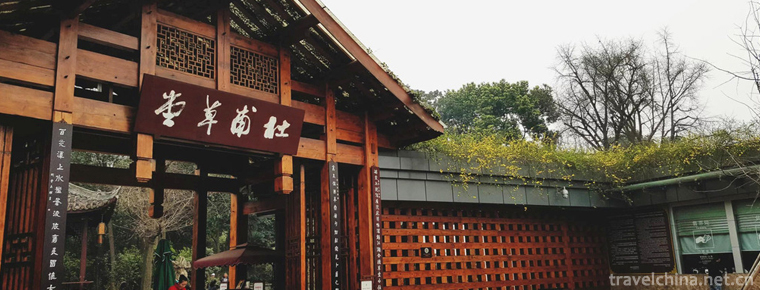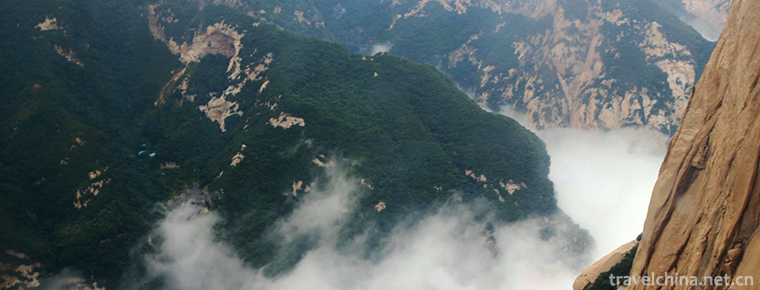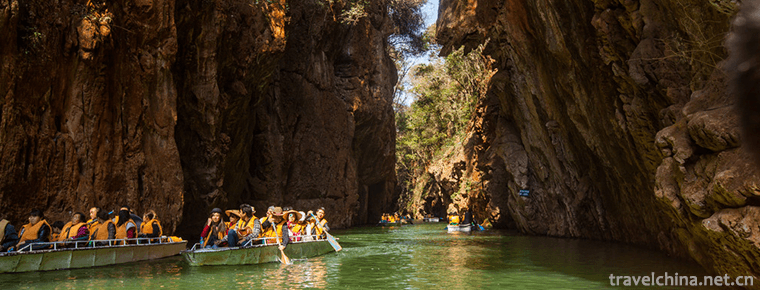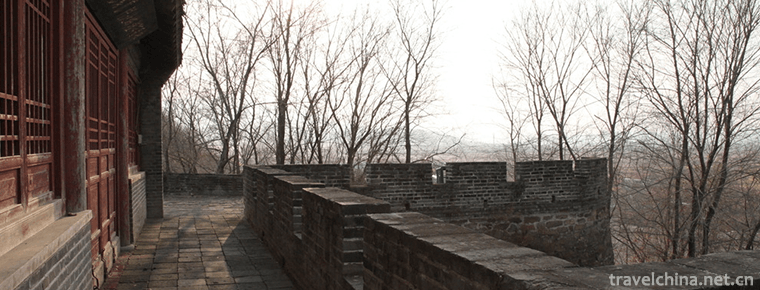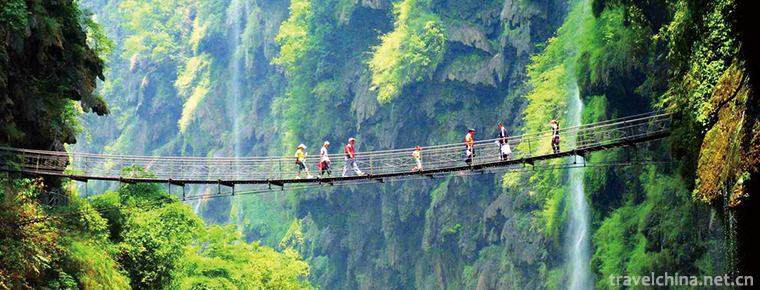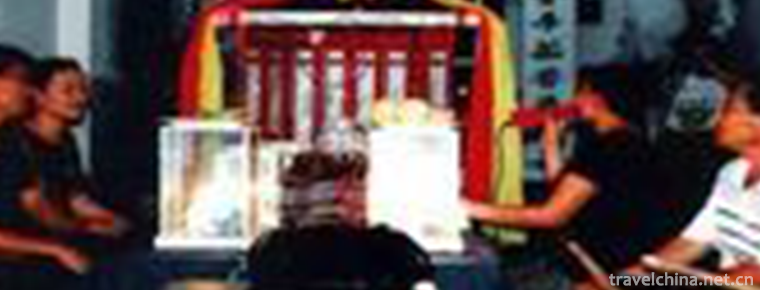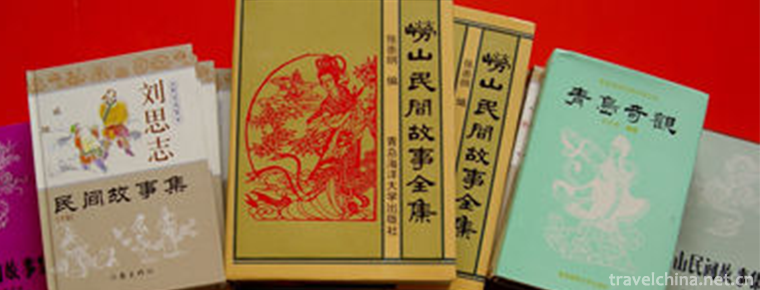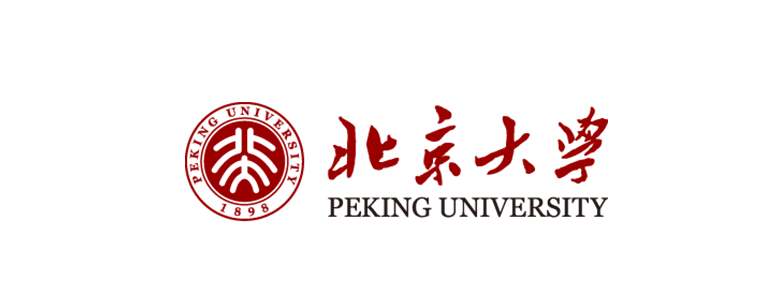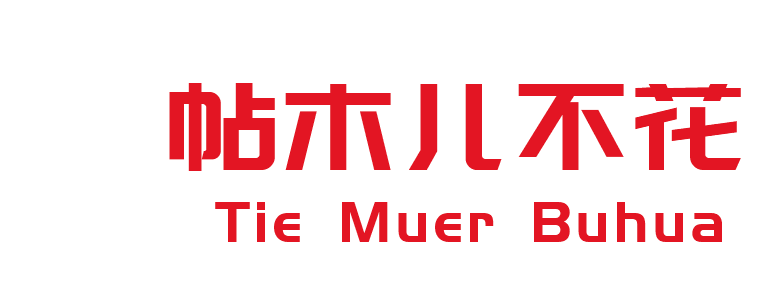Jangar
Jangar
Jianger Jianger, the local traditional folk literature of Xinjiang Uygur Autonomous Region, is one of the national intangible cultural heritage.
Jianger describes the story of 12 lion generals and thousands of warriors headed by Jianger who struggled hard with evil forces and finally won victory in order to defend Baomuba's hometown. It deeply reflects the life ideal and aesthetic pursuit of the Mongolian people and has high artistic value.
On May 20, 2006, Jianger was approved by the State Council of the People's Republic of China to be included in the first batch of national intangible cultural heritage catalogues, the heritage number: I-26.
historical origin
Jianger was first born in Weilat Mongolia of China. With the migration of Weilat Mongolia in the 17th century, it also spread among the Mongolians of Russia and Mongolia and became a great cross-border epic.
Around the 13th century, Jianger was born in the Mongolian settlement. As a rap narrative poem, Jianger has been circulating among the Weilat Mongolians for hundreds of years. By the 17th century, its content had reached nearly 100,000 lines, and its general structure had been basically finalized. At that time, the Turhuts of Weilatbu who settled in the lower Volga River from the Altai grassland also brought the epic to a distant foreign land, which is the reason why Jianger was also popular in Buryat, Tuva, Altai and Mongolia. At the beginning of the 19th century, this great folk work, originally circulated in the form of rap and singing, began to be sorted out into words.
Inheritance and protection
Inheritance value
Jianger profoundly reflects the life ideal and aesthetic pursuit of the Mongolian people, is full of strong heroism color, and represents the highest achievement of the Mongolian heroic epic. Jianger is not only of great literary value, but also of great value in the history of Mongolian social development, cultural history and ideological history.
Jianger's epic is the highest achievement of early Mongolian literature, with high literary value and precious historical value. It plays an important role in studying the philosophy, religious beliefs, customs and habits of the Mongolian people in ancient times.
Inheritance status
With the increasing trend of globalization and the rapid change of economy and society, Jianger's survival, protection and development have also encountered new situations and problems, and the situation is very grim. Some of the famous folk artists have passed away, and those who are still alive are old, facing the danger of "death song". Therefore, the rescue and protection of the inheritors and materials of Jianger must be paid close attention to so that this precious epic can be sung in the world.
Inheriting characters
Jia Zhunai, male, Mongolian, born in 1925, is a native of Xinjiang and Buksai Monggu Autonomous County. From 1933 to 1942, he worked as an apprentice in the local Chief Family. He learned the Tote Mongolian characters and began to recite the story of Jianger's handwritten manuscripts. From 1980 to 1981, in order to collect and sort out Jianger, he wrote and sang 32 chapters of Jianger's stories, and 25 chapters of Jianger's monograph have been published. He can rap and sing Jiangle in a higher tone, sometimes accompanied by Tobshore or Huqin. He is recognized by Mongolian folk and academic circles as an artist who can sing Jianger in a relatively complete way.
Li Rifu, male, Mongolian, born in 1942 in Heshuo, Xinjiang. At the age of 6, he began to learn to sing Mongolian heroic epic Jianger and other Mongolian folk literature works with his father. At present, he can sing four chapters of Jianger without accompaniment.
Summer Nieman, male, Mongolian, born in 1957, Hejing, Xinjiang. In his childhood, he learned to sing Jianger and other Mongolian folk literature works with his uncle. He can narrate and sing 9 chapters of Jianger and 2 parts of Gussel.
protective measures
Survey data
Hejing County, Xinjiang, investigates the detailed process of the inheritance and learning of the epic Jianger by the four generations of the old, the middle, the young and the young. At the same time, they record, photograph and take many valuable information photos about their creation and performance.
Organizing festivals
From September 11 to 15, 2006, the Institute of Ethnic Literature of the Chinese Academy of Social Sciences, the Cultural Union of Xinjiang Uygur Autonomous Region and the People's Government of Buksell County jointly successfully hosted the International Symposium on Jianger Epic in Xinjiang, China. The Symposium discussed and adopted the famous designer and painter sculptor Mr. Nari Rigg's "Jianger logo", "Jianger Palace of Culture and Art Design Scheme" and related sculptures.
Protection planning
In Beijing, Hohhot, Urumqi and other places, 20 famous Jianger scholars and experts were hired to conduct extensive investigation and Research on Jianger-based cultural resources and formulate the "Eleventh Five-Year Plan" for cultural development.
Xinjiang and Bukel County have published a series of books "Tracking the Hometown of Jianger". This series is divided into three volumes: the first, the middle and the second. It systematically introduces and publishes the national culture of Buksell County to the readers. It also sponsors and publishes 10 books, such as "The Outline of Jianger Stories", "Jianger's Hometown and Buksell", "Junai Handwritten Edition Jianger" and "Weilat Mongolian Culture Research".
On April 26, 2006, an agreement was signed with the Institute of Minority Literature of the Chinese Academy of Social Sciences to jointly build the "Epic Jianger and Oral Traditional Field Research Base" and the "Menggen Brack Jiangerqi Tracking and Observation Field Base", which was officially listed on September 14, 2006.
Organizing research
Abroad in China, at the beginning of the 19th century, Russia collected and published some parts of Jianger for the first time. Beckman was the first person to collect and introduce the epic to Europe. He collected individual pieces from the Kalmyks and translated them into German and published them in Riga from 1804 to 1805. Later, Russian scholar A. Bopolovnikov published two other works of Jianger in Russian in 1854. Based on 1864, K. Goldenstein published the ministries of Sila Gurguhan and Hal Hanas in Tote Mongolian. In 1910, F. Kotwitz published 10 pieces of Jianger by Olijan Ovla in Tote Mongolian. Jianger, compiled by A. Kotchikov, published in Moscow in 1978, earned 25 Works (including variants) recorded successively in Russia and the Soviet Union, totaling about 25,000 lines of poetry. The People's Republic of Mongolia has published Epic Jianger (1968) and Hong Guer (1978), the hero of the four seas. The total income is 25 fragments (including many repetitive stories) recorded in the territory of the People's Republic of Mongolia. In addition to the Mongolian version, there are also some translations in German, Japanese, Russian, Ukraine, Belarus, Georgia, Azerbaijani, Kazakhstan, Estonia, Tuva and other languages abroad. The study of "Jianger" has become a worldwide discipline. In the Soviet Union, Mongolia, Hungary, Czechoslovakia, the German Democratic Republic, the Federal Republic of Germany, Britain, the United States, France, Finland and other countries have published a lot of Jianger's research works.
social influence
Publication and arrangement
Jianger, Gesar and Manas are known as the "Three Great Heroes Epic of China".
Jiangle-Kalmyk Invid Narrative Poetry, one of the editions of Kalmyk-Jiangle. From ah. Kotchikov collated and collated 25 chapters, which were published in Moscow in 1978. Rhyme style, 250,000 lines of poetry. The name of the department, recording area or singer of 25 ministerial poems.
The Biography of Oubashi Huntaiji, Karmek's Folk Narrative Poetry Jiangle and the Story of Corpse, one of the editions of Karmek Jiangle. Collected and edited by Professor Gorstonsky of the University of Petersburg. St. Petersburg, 1864. In the book, Gorstonsky collected and recorded two Jiangle chapters from Jiangerqi in Kalmyk area, namely, The Department of Harihanas and the Department of Shari Ancient Ages and Ancient Ages. Scholars believe that this is the earliest Mongolian version of the epic Jianger.
Jianger, one of the editions of Kalmyk Jianger, is a song about Harihanas and Sari. Elista, 1936. Goldstone collected two chapters from Jiangerqi in Kalmyk, namely, the Halihanas Department and the Shari Ancient and Ancient Department. The Latin alphabet-based Kalmyk language.
Kalmyk's Heroic Epic-Jiangle, one of the editions of Kalmyk's Jiangle. Edited by Potsdeniev, St. Petersburg, 1911. There are two chapters in the book, which Gorstonsky collected and recorded from Jiangerqi in Kalmyk area, namely, The Hall of Harihanas, The Hall of Sari Ancient Ages and Ancient Ages, and three chapters in the Hall of Sari Python Ancient Ages.
Thirteen Chapters Ben Jianger, one of the Chinese versions of Kalmyk Jianger. Chinese Inner Mongolian scholar Morgan Bartel and Timur Dushi were translated into Chinese general Mongolian by Jianger in Tuoshu Mongolian, which was published by the Inner Mongolian People's Publishing House in 1958.
"The descendants of Tahel Zula Khan, the grandson of Donskopo Muba Khan, the son of Uzon Aladar Khan, and the orphan Jiangle's Epic Chapter 10", one of the editions of Kalmyk Jiangle. Olijan Ovla sings, Ozil Nomutu collects, Kotwich reviews, St. Petersburg, 1910, Topic.
Calmek Jianger Annotations, one of the Chinese versions of Calmek Jianger. It was translated from Kalmyk by Danbulgav into Mongolian, which is commonly used by Mongolians in China. It was collated and annotated. It was published in Beijing in 2002 by Ethnic Publishing House.
Fifteen Chapters Ben Jianger, one of the editions of Jianger in China, is also the first supporting Mongolian edition of Jianger in China. From Tuo. Badma, Boeing and Sieger collected and sorted out. Mongolian, rhyme style, nearly 200,000 lines of poetry. Xinjiang People's Publishing House, 1980.
Jianger is one of the Chinese versions of Jianger. The translator is Holcha. The content is "15 Chapters Ben Jianger" (see "15 Chapters Ben Jianger"). Xinjiang People's Publishing House, Urumqi, 1988.
Jianger is one of the Chinese versions of Jianger. The translator is Sandorgi. The content is "13 Chapters Ben Jianger", People's Literature Publishing House, 1983, Beijing.
Chapter 70 Ben Jianger, one of the editions of Jianger in China. The epic poems of Jianger in the series of "Jianger Materials" published in Tote Mongolian are selected, from which 70 chapters are sorted out and published in three volumes. In 1985 and 1987, Xinjiang People's Publishing House published the first two volumes of its Tote Mongolian edition. In 1988 and 1989, Inner Mongolia People's Publishing House published the Mongolian editions of these two volumes.
Honorary commendation
In September 1989, the Ministry of Culture held a commendation conference to recognize his contribution to the singing and rescue of the epic Jianger.
In 1990, during the 550-year celebration of the epic of Jiangle, Olga Nicolai, the successor, participated in the singing contest of Jiangle and won the title of "Gifted Jiangerqi". He also won the honorary title of "Meritorious Cultural Activist" in the Republic of Kalmyk.
Important activities
In May 1981, a Jianger concert was held in Meiqige Grassland, Wener County, Borta Mongolian Autonomous Prefecture.
From November 25 to 27, 1988, the non-legacy Office of the Xinjiang Uygur Autonomous Region Cultural Union jointly held the Jianger Singing Competition in Xinjiang.
From 1981 to 2018, Xinjiang and Bucker County held more than a dozen Jianger concerts.
From September 11 to 15, 2006, he and the people's government of Buksell County jointly successfully hosted the International Symposium on Jianger Epic in Xinjiang, China.
From December 27 to 28, 2006, four acts and four large-scale operas with the theme of "Jianger" created by Buksell County were successfully staged in the Xinjiang People's Theatre of Urumqi City.

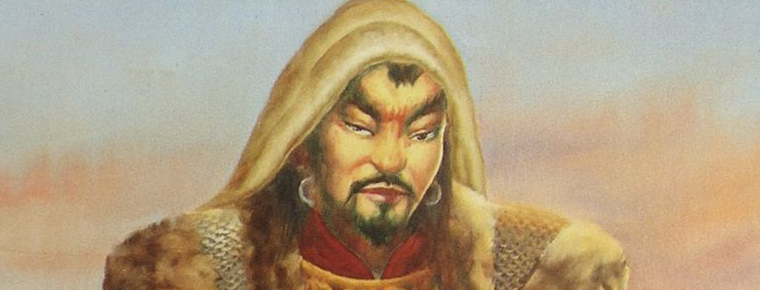
-
Du Fu Cottage
No. 37 Qinghua Road, Qingyang District, Chengdu, Sichuan, China.
Views: 194 Time 2018-10-01 -
Mount Hua
Mount Hua, known as "Xiyue" and "Taihua Mountain" in ancient times, is one of the five famous mountains in China and the birthplace of Chinese civilization.
Views: 339 Time 2018-10-30 -
Jiuxiang Scenic Spot
Yiliang Jiuxiang Scenic Spot is located in a mountainous area with a cool climate, continuous peaks and valleys with a relative height difference of about 200 meters. The surface elevation is between .
Views: 140 Time 2018-12-22 -
The ancient city of Hetuala
The ancient city of Hetuala is located in Yongling Town, Xinbin Manchu Autonomous County, Liaoning Province. It is 5 kilometers west of Qingyongling.
Views: 208 Time 2019-01-13 -
Maling River Canyon
Maling River Gorge is located in Xingyi City, Guizhou Province. It is an important member of Xingyi National Geopark and a national scenic spot of the People's Republic of China. It is known as ".
Views: 269 Time 2019-02-06 -
Drum bowl song
Drum-pot song is a very ancient traditional form of music and art in Hubei Province of China. It originates from the traditional folk activities of "beating a pot as a drum, singing with the fune.
Views: 84 Time 2019-05-01 -
Beijing opera Peking Opera
Peking Opera, once known as Peking Opera, is one of the five major Chinese operas. The setting lays stress on freehand brushwork. The tone is mainly Xipi and Erhuang.
Views: 196 Time 2019-05-07 -
Laoshan Folk Stories
Laoshan folk tales, commonly known as Lagua, are oral literature created by the local people of Laoshan Mountain in Shandong Province for thousands of years. There were few written records before libe.
Views: 115 Time 2019-05-11 -
Peking University
Founded in 1898, Peking University was first named as Beijing Normal University Hall. It was the first national comprehensive university in China and the highest educational administrative organ at th.
Views: 244 Time 2019-08-30 -
Tie Muer Buhua
Tie Muer Buhua (1286 - 1368). Yuan will be the first to stay. Rate troops to go Xiangyang He won the battle with song, fan and Wen Hu in the Shigi shoal beach. Later from Bo Yan Song, in Yang Luo Bao .
Views: 144 Time 2019-09-14 -
Luzhou transportation
By the end of 2017, the number of civil motor vehicles in Luzhou had reached 678200, an increase of 74700 over the beginning of the year. Among them, 352400 cars (including 294 tricycles and low-speed trucks), an increase of 56500, and 323700 motorcycles, an increase of 17600.
Views: 914 Time 2020-12-14 -
Dazhou economy
In 2019, Dazhou's GDP will reach a new level, reaching 204.15 billion yuan, with a year-on-year growth of 7.7% based on comparable prices. Among them, the added value of the primary industry was 34.48 billion yuan, an increase of 2.9%; the add.
Views: 156 Time 2020-12-20
